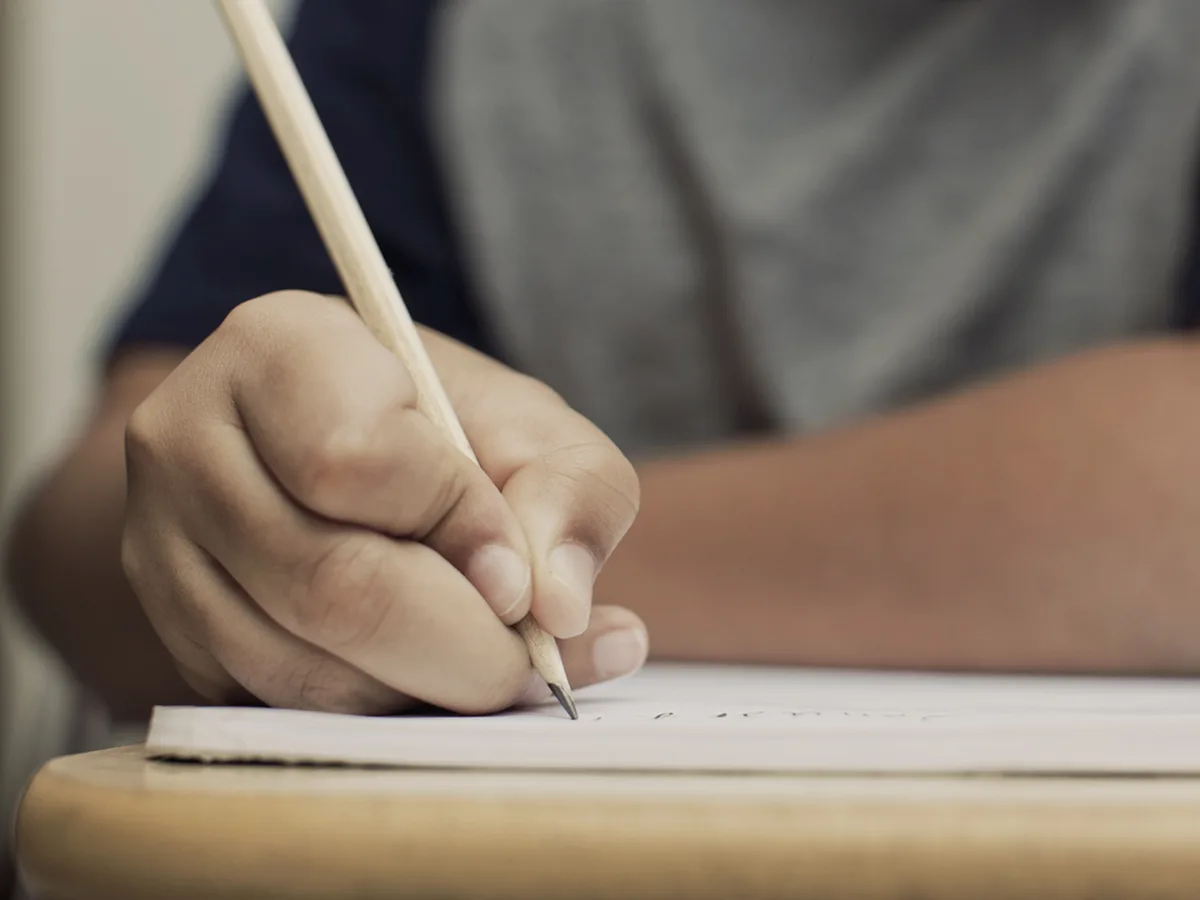Types of tests for dyslexia

By Kate Kelly
Expert reviewed by Nelson Dorta, PhD

At a glance
Different tests for dyslexia look at different skills related to reading.
These include skills like decoding and reading comprehension.
Testing for dyslexia should be done as part of a full evaluation.
If you think your child might have dyslexia, there’s only one way to know for sure. You’ll need to have your child tested for dyslexia as part of a full evaluation. Testing for dyslexia will identify specific areas of weakness in reading. (The evaluator should also test for other language and processing issues that might be at play.)
Here are examples of skills a test for dyslexia may assess:
Reading fluency and comprehension
When it comes to dyslexia tests, there is more than one test that can measure each skill. The exact test used will depend on the person doing the evaluation.
Here are four types of tests that are given when evaluating for dyslexia, and examples of what happens during each type of test.
Tests that assess phonological awareness
Example: Phonological Awareness (this is the name of the test, as well as the term for what the test measures)
Similar tests include: Sound Blending subtest of the Woodcock–Johnson III (WJ III), Comprehensive Test of Phonological Processes; NEPSY-II Phonological Processing subtest
What it measures: A child’s ability to isolate and work with sounds.
Why it’s important: Trouble with phonological awareness is a key sign of dyslexia. That’s because phonological processing skills are the foundation for reading skills. So they’re a good predictor of the ability to read in young kids.
How it works: The evaluator asks the child to blend sounds and to segment words. For example, your child might be asked to say what’s left of the word cat if you take out the first sound.
Or the evaluator might say “ba”…“ana” and ask your child to fill in the middle sound. Middle sounds are the most difficult. Younger kids are given easier words on the test. As kids get older the words have more syllables, and the difficulty increases.
Tests that assess decoding
Example: Test of Word Reading Efficiency-2 (TOWRE-2)
Similar tests include: Word Identification and Word Attack subtests of WJ III; Word Reading and Pseudoword Decoding subtests of the Wechsler Individual Achievement Test–Third Edition (WIAT-III)
What it measures: The child’s ability to decode words quickly and accurately. It also tests the ability to recognize familiar words.
Why it’s important: Younger kids can appear to be reading at grade level when they’re really not. That may be because they’re memorizing words instead of applying the rules of phonics.
How it works: The evaluator has a child read aloud single real words and pseudowords (fake words). Fake words look like real ones but they have no meaning, such as hiff or migheron. Having to decode fake words tests a child’s ability to apply rules for matching units of sound to their written symbols in order to sound out words.
Tests that assess reading fluency and comprehension
Example: Gray Oral Reading Test (GORT-5)
Similar tests include: Passage Comprehension subtest of WJ III and Reading Comprehension WIAT-III (for comprehension); Reading Fluency subtest of WJ III and TOWRE-2 (for accuracy)
What it measures: How accurately and fluently a child can read aloud a paragraph and comprehend what was read.
Why it’s important: Instead of having kids read words in isolation, reading comprehension tests require them to read words in context. This assesses their “real world” ability to read.
Some kids seem to be reading at grade level on school tests. But sometimes those tests have picture clues that can help kids figure out the words and the meaning of what they’re reading. When reading in everyday life, kids may not have clues like these available.
Tests at school also may not capture how slow and difficult reading actually is for kids. Or that some kids may take such a long time to decode words that they can’t remember what they just read.
How it works: The child reads passages aloud and then answers multiple-choice or open-ended questions about the passage. On some tests, kids can refer back to the passage. On others, they can’t.
Tests that assess rapid naming
Example: Rapid Automatized Naming Test
Similar tests include: Speeded Naming subtest of NEPSY-II; Rapid Picture Naming subtest of WJ III.
What it measures: How quickly and easily a child can quickly name common letters, numbers, objects, and colors on a page. This skill is linked to reading fluency.
Why it’s important: Being able to see an object, symbol, or word on paper and name it quickly means a child can retrieve phonological information quickly and automatically. Kids with dyslexia typically lack this ability. That weakness can impact reading, writing, and speaking.
How it works: The evaluator gives the child cards with rows that contain various items. There are different cards, some with letters, others with numbers, colors, or pictures of common objects.
Your child names these items as quickly as possible, starting at the top left and going row by row. The evaluator records how long it takes (and the accuracy). Younger kids are typically shown only objects and colors.
What happens after dyslexia testing
The evaluator will look at the results of all the testing together. The evaluator may also look at it along with other types of tests, such as intelligence tests.
It may take a few weeks to get the results. The evaluator will put all the information together and write a report.
If testing shows that your child has dyslexia, there are next steps to follow to get help. Find out what types of dyslexia accommodations your child might be eligible for. And get tips for talking to the teacher about your child’s dyslexia.
Key takeaways
Tests for dyslexia look at a number of skills related to reading, such as decoding, phonological awareness, and comprehension.
Evaluators look at all of the test results to identify your child’s specific challenges with reading.
If testing shows dyslexia, your child may be eligible for dyslexia accommodations.


